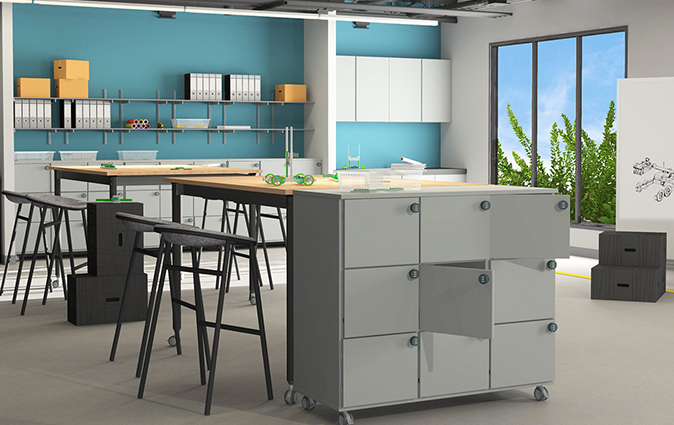
With the new school terms looming, educators are looking for options to ensure a safe return for students and teachers.
Over in Spain, children aged six or older are being advised to wear masks for the entire school day. Meanwhile, in the United States, a national learning initiative is afoot: the COVID-19 Outdoor Learning Initiative.
At Muzo, we believe that adapting a child’s learning environment can be just as effective as face coverings. In addition to social distancing benefits, outdoor learning can also help children in the long term.
What are the benefits of outdoor learning?
The Green Schoolyards America initiative seeks to “repurpose outdoor spaces in a cost-effective way”. The benefits, however, go far beyond the purse strings of individual schools. They can foster a thriving learning environment long-term, as we transition through the pandemic and beyond.
Better access to improved air quality
School buildings have long been notorious for their poor air quality, which may be affected by one or more of the following:
• Air coming in from outside
• Interactions between building systems and construction techniques
• The occupants themselves.
Children in particular are more at risk of exposure to harmful pollutants as they inhale a higher volume of air per bodyweight than adults. Common classroom pollutants include solvents, paints, adhesives and insulation. There are also common allergens from plants, animals or dampness.
According to the United States Environmental Protection agency, indoor learning environments may have up to 100 times more pollutants than outdoors. Long-term exposure could lead to respiratory problems such as asthma and chronic coughs.
More freedom to be active
It’s a common misconception that sitting still encourages better learning. In fact, keeping children active promotes faster cognitive processing and memory retention thanks to improved blood flow. With outdoor spaces, children can move around freely and remain socially distanced.
What’s more, outdoor spaces lend themselves to physical exercise. In the UK, just 23 per cent of boys and 20 per cent of girls meet the national recommended level of activity. Getting outdoors will promote mobility and improve overall health.
Keeping in touch with nature
Moving away from a clinical classroom environment allows children to appreciate their natural surroundings. Studies show that children can develop critical thinking skills by using their ears, eyes and hands to understand their surroundings.
Outdoor learning is also linked to improvements in children with learning difficulties. Green environments promote stress reduction, which may aid students with attention deficit disorder. Likewise, outdoor learning encourages creativity, while it also fosters curiosity. A study by the American Institute for Research showed that outdoor classrooms improved students’ science scores by 27 per cent.
Better social awareness
Through a process known as experiential learning, children can build social skills by working outside. In 2014, a study by the Malaysian Faculty of Education analysed 671 adolescent children to see how working outdoors affected social interactions.
The study concluded that children who learned outdoors showed better overall leadership skills. They were also more able to cope with changes and work in teams. The children benefited from the ‘hands-on experience’ of working outdoors, rather than theoretical classroom settings.
Taking budgets further
With an almost limitless number of opportunities to learn, the outdoor environment can offer so much more than the classroom alone. Children can interact with nature, express themselves through play, and gain a better sensory understanding of the outside world. This is achievable with little to no cash whatsoever – far from the financial demands of new technology and training.
This free learning environment could help to:
• Teach children about changes
• Reduce behavioural issues
• Encourage creativity
• Improve attendance
Taking the indoor classroom outside
The best outdoor learning environment comes with a little inspiration from inside. At Muzo, we’ve developed multiple furniture solutions to take learning outside, for example:
Xbrick
Ideal for children of all ages, the Xbrick can be adapted for use as seating, tables or building blocks. Promote collaborative learning with these lightweight building blocks. Alternatively, use them for presentations, sports games and more.
Mbob
Sitting on uncomfortable classroom carpets is no more with the Mbob. With bright colours, back support and easy mobility, these low-level chairs encourage children to feel their environment around them.
Stashbox
Take the classroom outside with the Stashbox – putting all those essentials into one simple carry case. School desks can be a hotbed for germs, so the Stashbox offers a single-user alternative.
For more information on how Muzo can help with outdoor learning, contact us today.
















